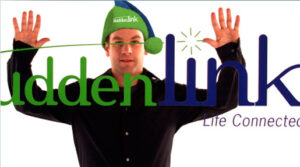I’m a Mount Everest Freak! I’ve read all the survivor books including Into Thin Air and Left for Dead. While my chances of getting to Everest anytime soon are slim (like a snowball’s chance in hell…pardon the pun), I came across one of the most engaging infographics I have ever encountered, called Scaling Everest. It’s an interactive infographic published online by the Washington Post that takes you on a virtual climb up to the peak of Everest – all from a simple click or swipe of your mouse.
In addition to serving up interesting factoids and visual eye candy, the infographic incorporates sound. Three different Everest explorers Lydia Bradey, Pete Ahtans and Suze Kelly were interviewed, and sound bites of their interviews are interspersed throughout your “climb”. Hearing these voices makes your virtual ascent even more memorable and authentic.
I found myself scrolling to the top and absorbing interesting information forgetting that I was staring at a computer screen, engaged in the moment. I finally came out of my trance to rush to an agency meeting (where I was already 5 minutes late – but hey, I was climbing Everest so it was an acceptable excuse).
What I loved about this interactive infographic is that you could “climb” Everest at your own pace. You were in control of the experience. Interactive infographics are starting to appear more often, and I think this particular infographic demonstrates the experiential nature and engagement power of this digital medium.
While video has its place in the digital space, the interactive infographic brings that same engagement, but it isn’t passive. You are more of a participant in the experience. I’m looking forward to bringing this medium to all of my clients, but in the meantime, let me share this awesome Everest experience with you!
Enjoy your climb…then get back to work!!!
Want to talk infographics? Or how about creating meaningful content that engages your audience? Let’s chat. Fill out the form below, and we will get back to you within 48 hours.
[gl-hs-form form_id=’1863abe3-c1e4-43d0-a298-c7b132f8ce03′]




 A little over a week ago, a couple G/Lers and I attended an event at
A little over a week ago, a couple G/Lers and I attended an event at 